For best results, place the Signal Relief patch between the pain and your brain.
Give Signal Relief several minutes to start working initially, then wait at least 15 minutes in each area while searching for the source of your discomfort.

1. Find the spot.
Locate the source of your discomfort before applying the adhesive or securing the patch in place. We recommend placing the patch directly over or approximately 1” above where you feel the most intense discomfort. Don’t get discouraged if you can’t find the proper placement right away! Once the patch is in the right position, you may experience a warming or tingling sensation.

2. Place the patch.
Once you have found the proper placement for relief, secure the patch in place. You can use the included adhesives or simply tuck the Signal Relief patch inside a close-fitting article of clothing such as the waistband of your pants, inside a sports bra, or under a compression sleeve. The Signal Relief patch is most effective when worn in direct contact with the skin; however, skin-to-skin contact is not necessary for relief.

3. Get back to the life you love.
Use the Signal Relief patch daily or as often as you need it for long lasting, affordable, drug-free relief. The Signal Relief patch is non-habit forming and does not put anything into your body. Many experience the most relief after wearing the patch for 24-72 hours. For the best results, wear the patch overnight.
For interactive assistance at any point in the placement process, reach out to our live U.S. based customer service team Monday through Friday from 9am-4pm MST: +1 (833) 572-0403
To get started, select the area where you are in need of relief.
Using Signal Relief for Lower Back Pain
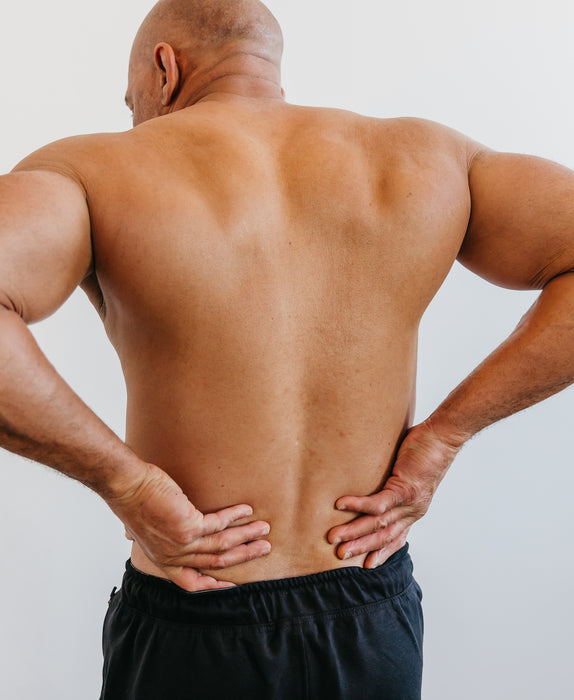
1.
Move your back in a way that activates your back discomfort/tension. Keep track of your range of motion.
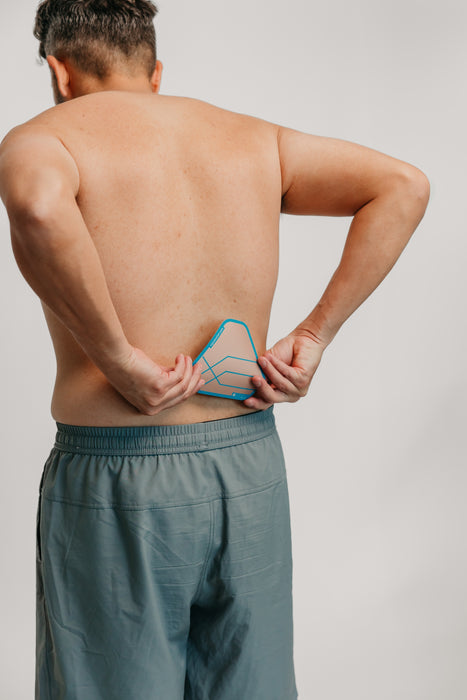
2.
Once you have identified the source of your tension, hold the patch at the lower point on your back where you feel discomfort.
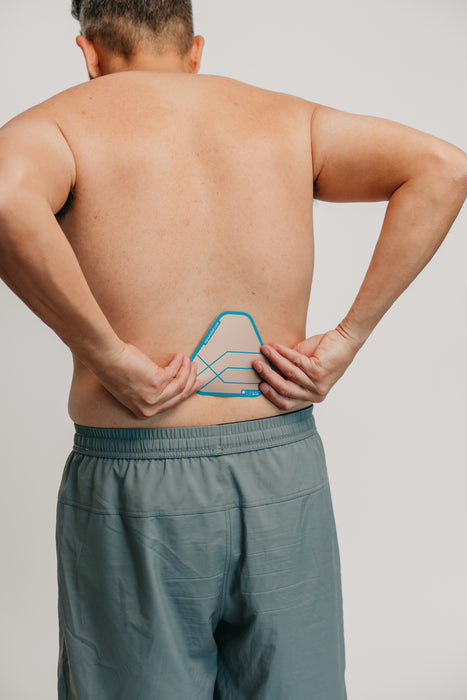
3.
Slowly work the patch up your back in small increments (approximately 1” at a time) following the line of tension.
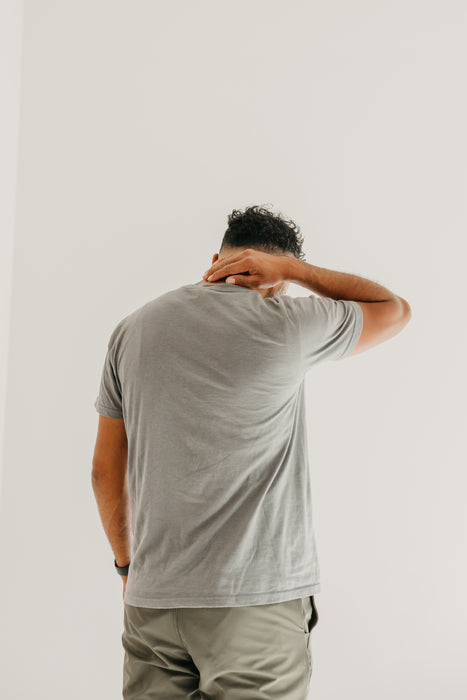
4.
Test your range of motion after several minutes, moving your back and head from side to side.
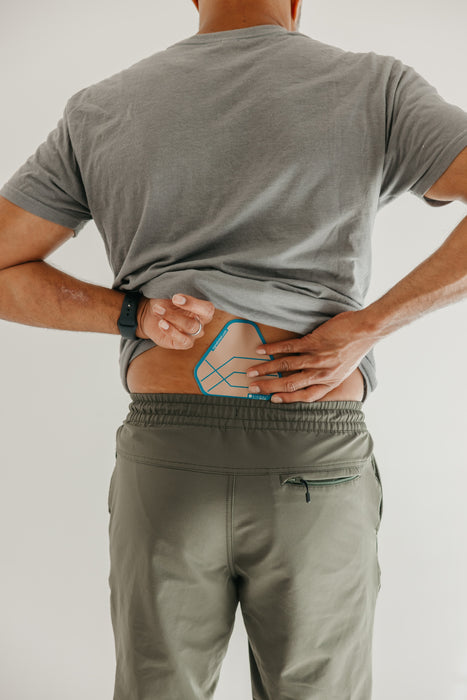
5.
If muscle knots flare up, place the patch directly over the knot(s) for several minutes.
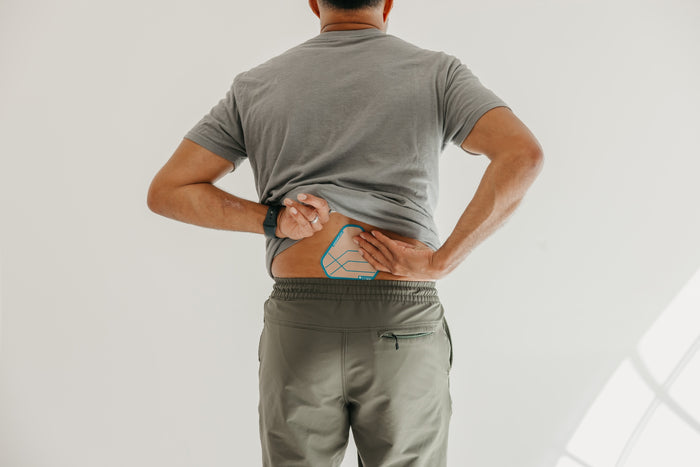
6.
Repeat this process as often as necessary.
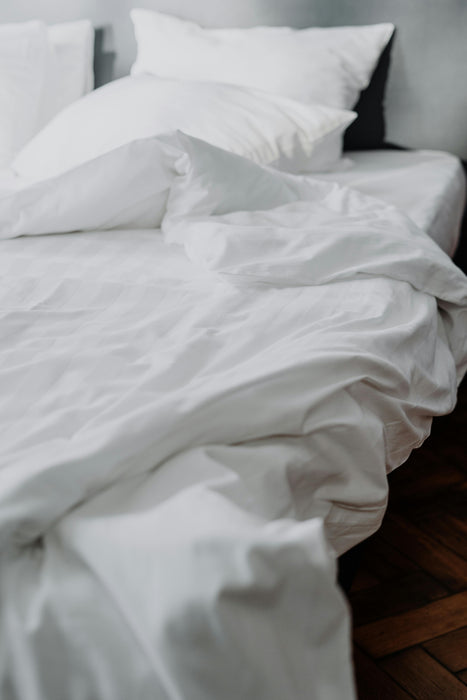
7.
For lower back tension, leave the patch on the most irritating area overnight.

8.
Continue the process until you no longer feel discomfort. Do a full range of motion to see if there is any remaining tension.
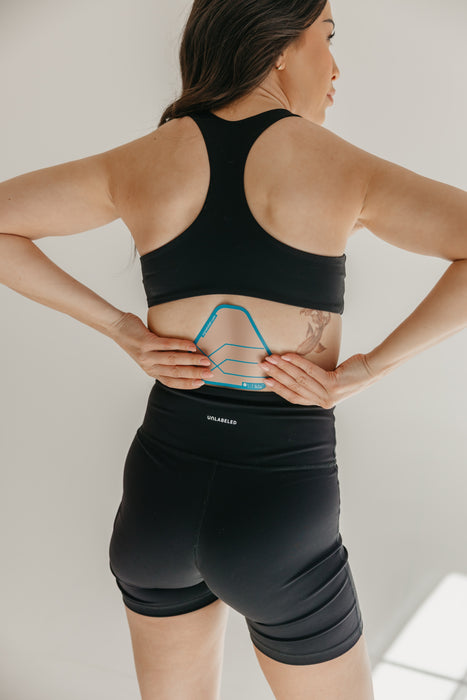
9.
If you feel discomfort returning to the back, immediately place the patch on the source.
Using Signal Relief for Upper Back Pain
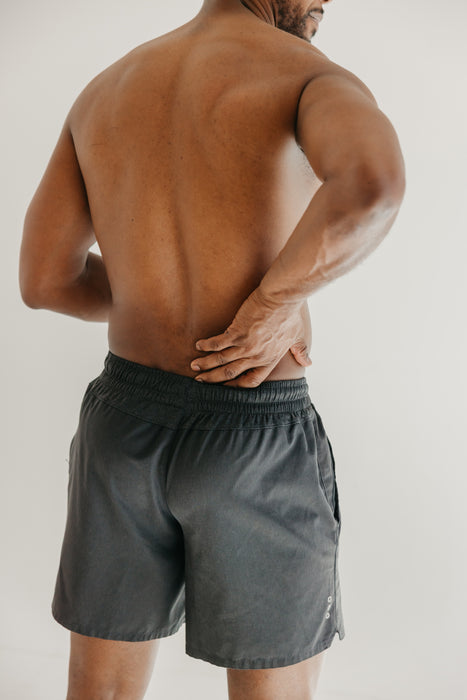
1.
Move your back in a way that activates your back discomfort/tension. Keep track of your range of motion.
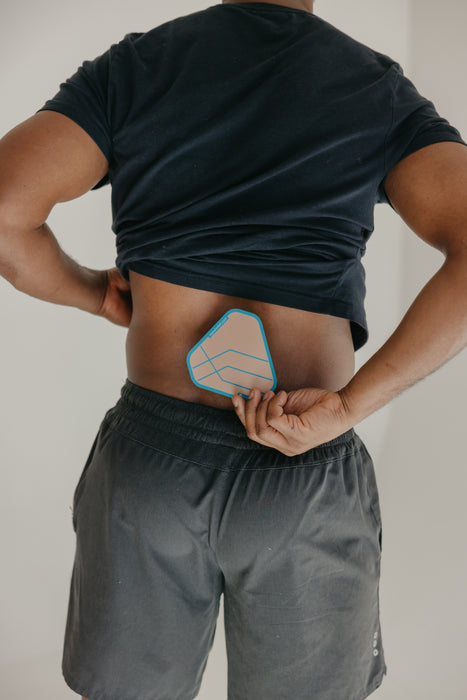
2.
Once you have identified the source of your tension, hold the patch at the lower point on your back where you feel discomfort.
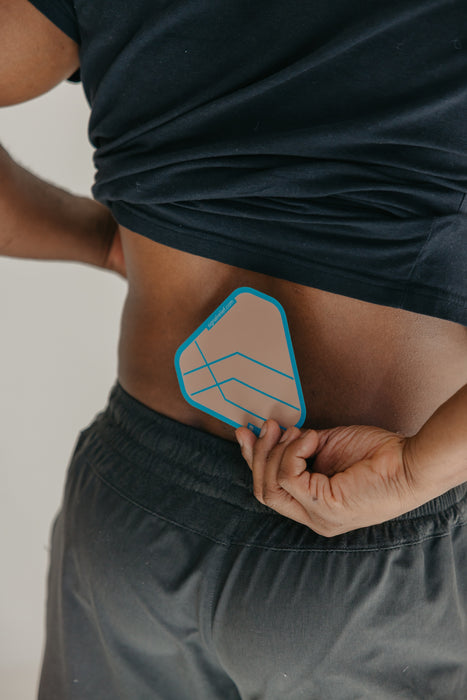
3.
Slowly work the patch up your back in small increments (approximately 1” at a time) following the line of tension.

4.
Test your range of motion after several minutes, moving your back and head from side to side.

5.
If muscle knots flare up, place the patch directly over the knot(s) for several minutes.
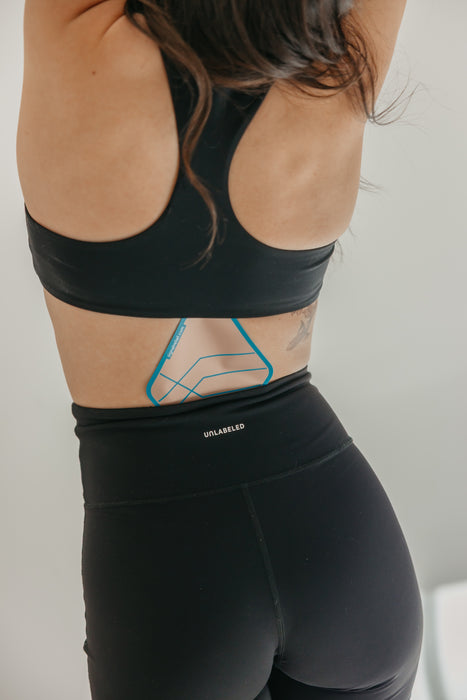
6.
Repeat this process as often as necessary. For more persistent pain, the time from placing the patch to experiencing relief may be longer. Be patient!
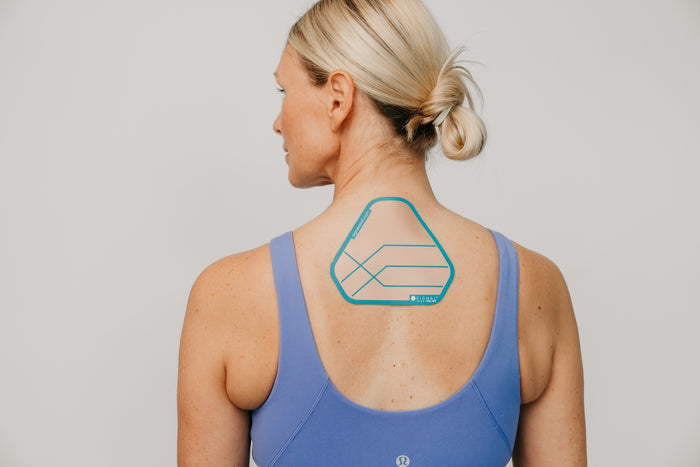
7.
For upper back tension, leave the patch at the highest point (between your shoulder blades) overnight.
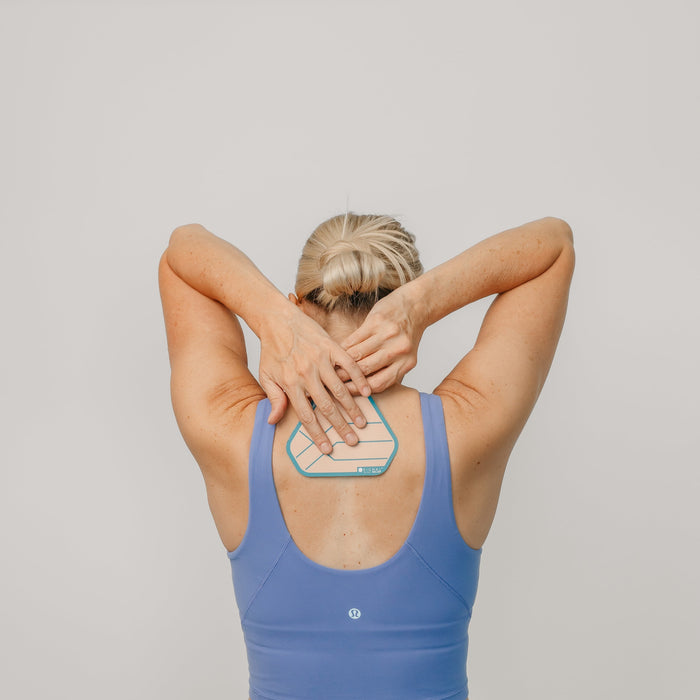
8.
Continue the process until you no longer feel discomfort. Do a full range of motion to see if there is any remaining tension.
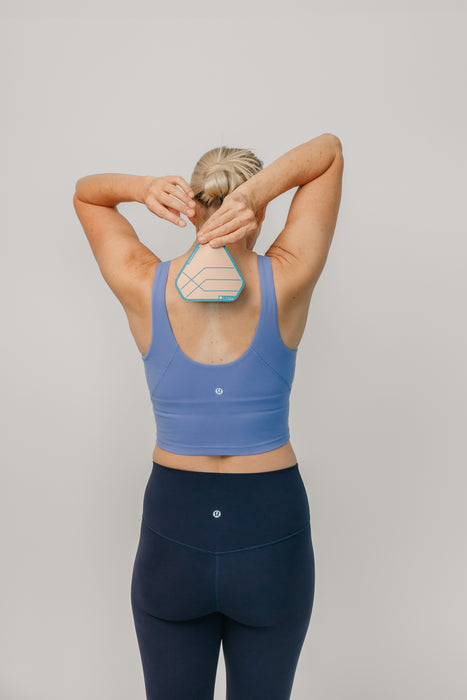
9.
If you feel discomfort returning to the back, immediately place the patch on the source.
Relief for Upper Neck
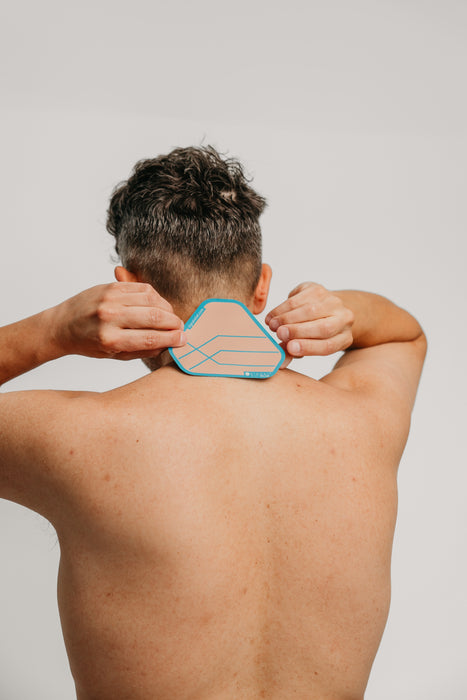
1.
Hold the Signal Relief patch in place over the area where you feel the most intense discomfort.
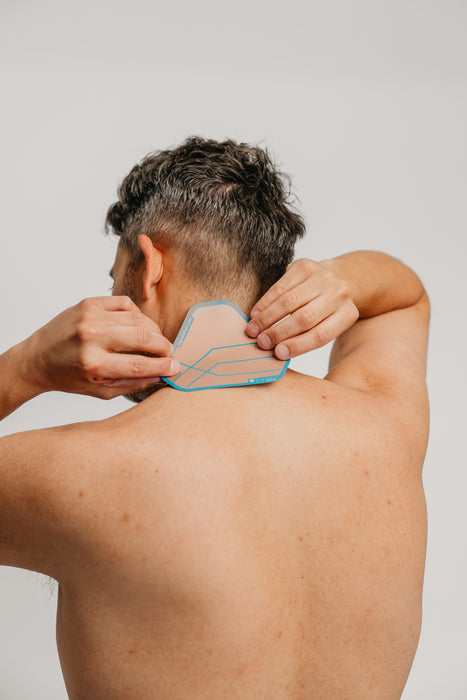
2.
After several minutes, you may notice that your discomfort has moved. Follow it with the patch.
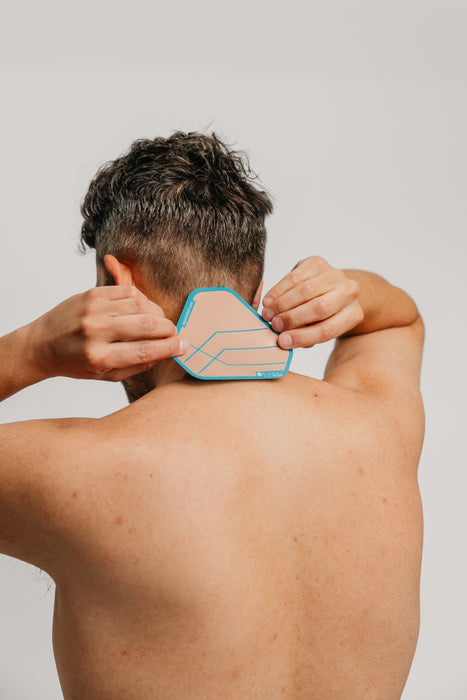
3.
After another several minutes, the discomfort should subside
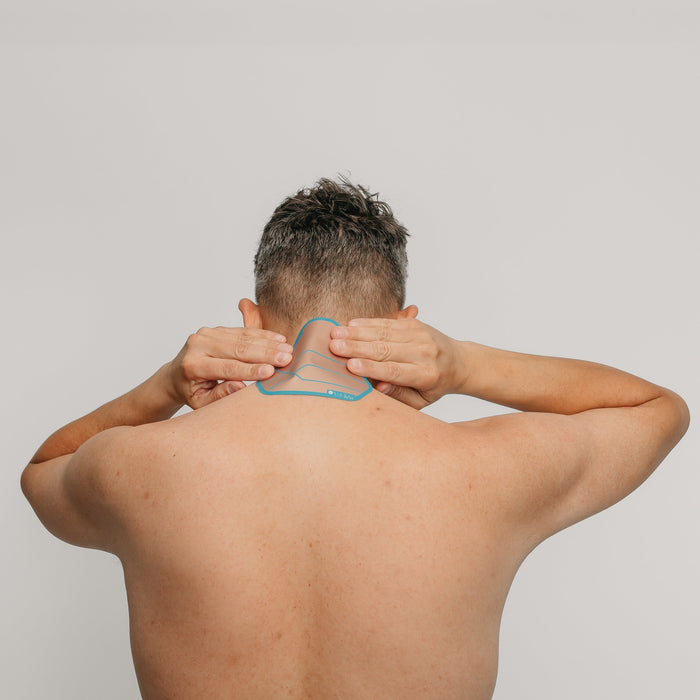
4.
Turn your head to find where the tension in your neck is greatest, and place the patch on the corresponding side of your upper neck.
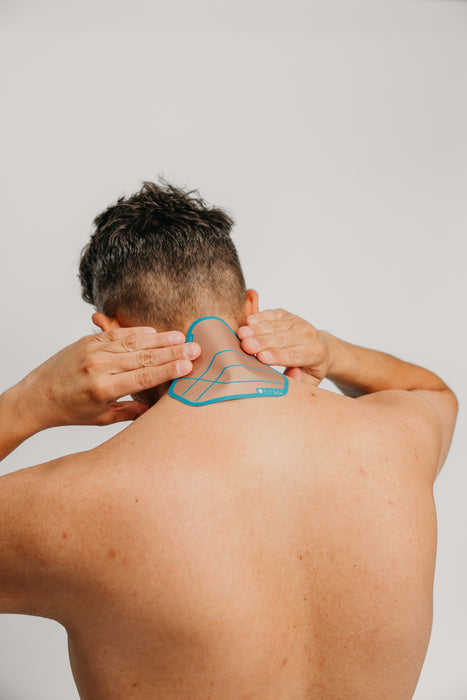
5.
Swap sides and hold the patch in place. Do a full range of motion to check for any additional tension. Continue using the patch until the tension is completely gone.

6.
If you feel the tension returning, immediately put the patch back on the source and you should feel relief.
Relief for Lower Neck
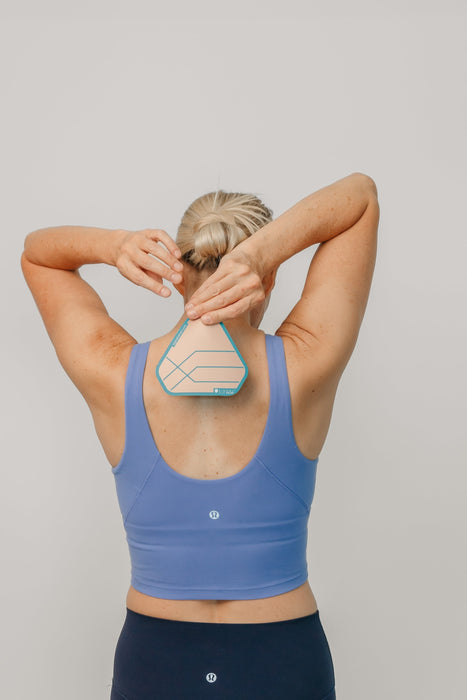
1.
Hold the Signal Relief patch in place over the area where you feel the most intense discomfort.
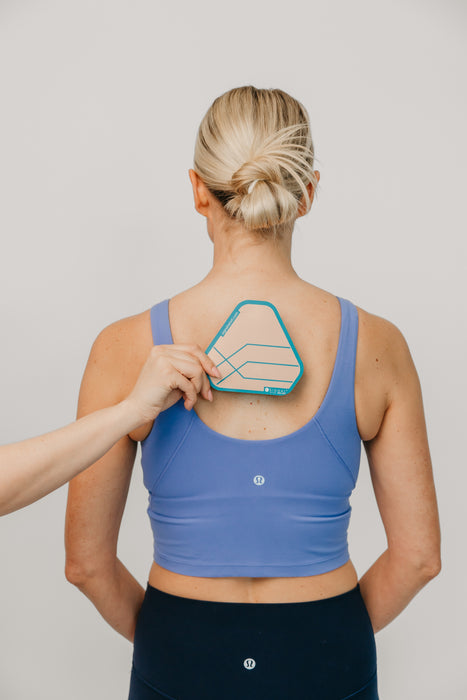
2.
After several minutes, you may notice that your discomfort has moved. Follow it with the patch.
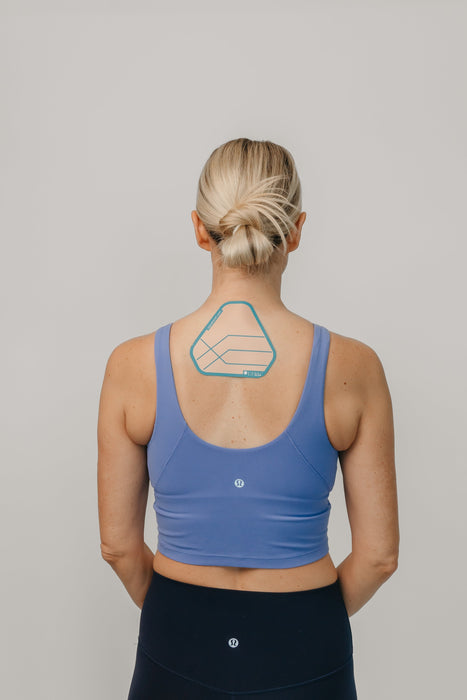
3.
After another several minutes, the discomfort should subside.
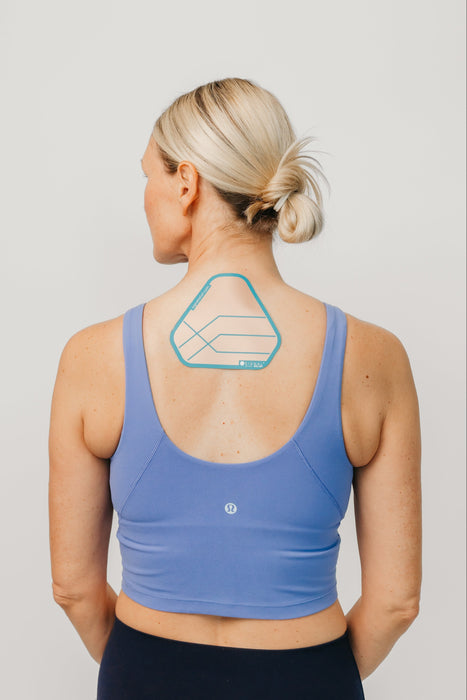
4.
Turn your head to find where the tension in your neck is greatest, and place the patch at the base of your neck on one side for several minutes.

5.
Swap sides and hold the patch in place for another several minutes.
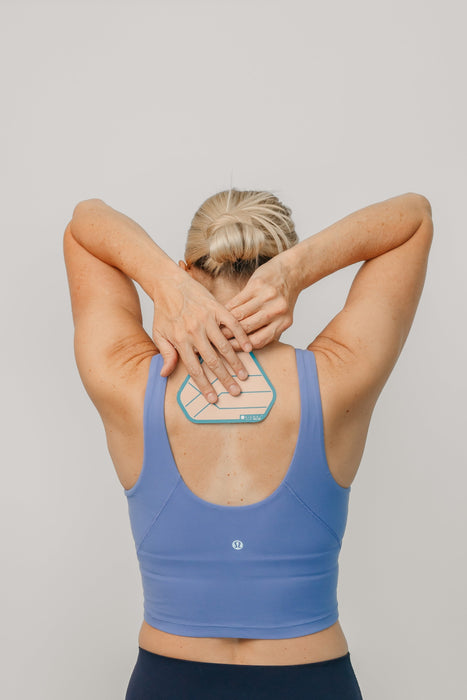
6.
Do a full range of motion to check for any additional tension. Continue using the patch until the tension is completely gone.

7.
If you feel the tension returning, immediately put the patch back on the source.
Using Signal Relief for Shoulder Pain
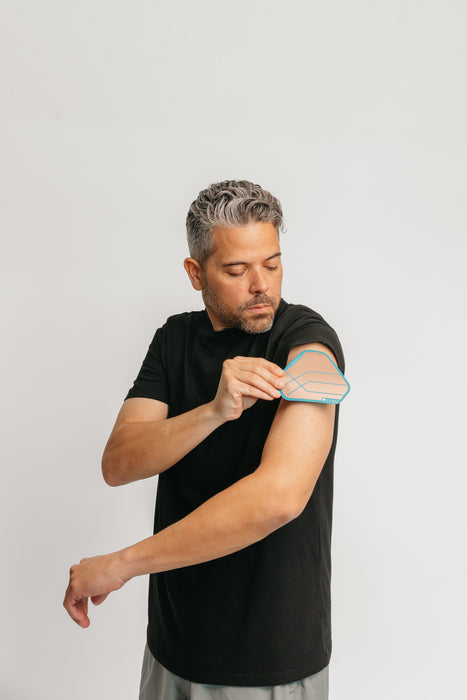
1.
Move your arm to find where your shoulder tension is the greatest and hold the patch in place over the area.
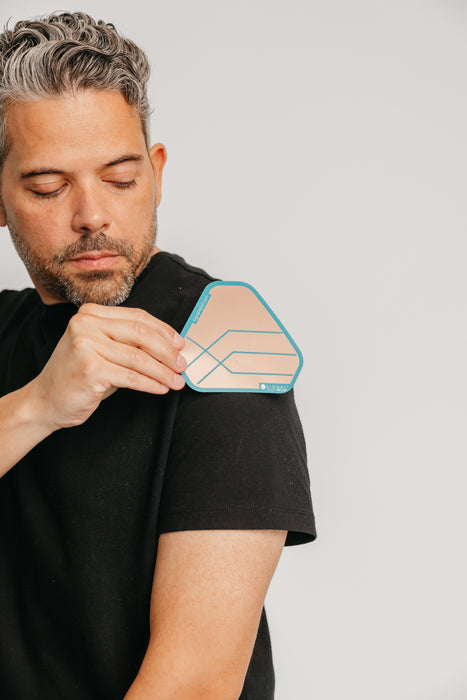
2.
After several minutes, you may notice that the discomfort has moved. Follow it with the patch.
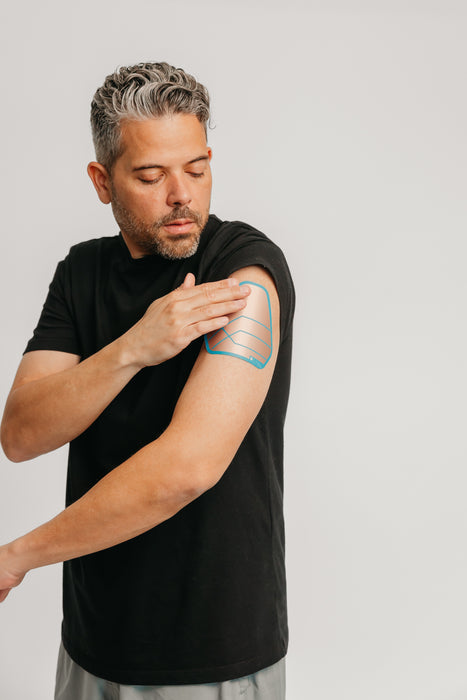
3.
After another several minutes, you should experience a noticeable difference in the severity of your tension and discomfort.

4.
Do a full range of motion to check for any additional tension. Continue using the Signal Relief patch until all tension is gone.
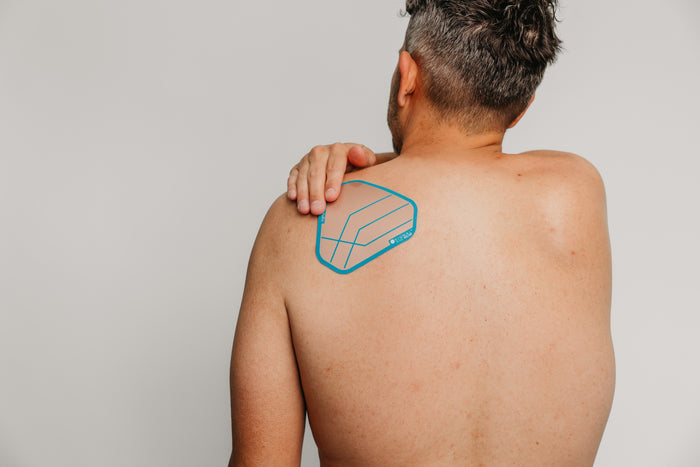
5.
If you feel the discomfort returning, immediately put the patch back on the source of the tension.
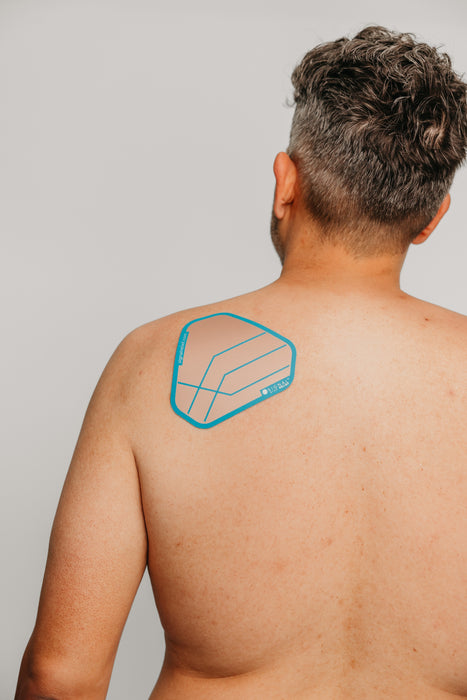
6.
Once the tension has subsided, move the patch to the top of your shoulder near your neck and leave it on overnight.
Using Signal Relief for Elbow Pain
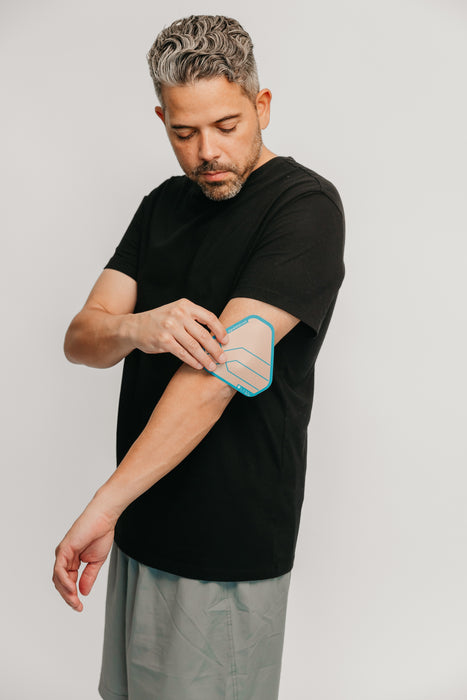
1.
Place the Signal Relief patch above the elbow in the back, where the ulnar nerve enters. Many people refer to this area as their "funny bone." You want to go above that spot.
FOCUS
IMMUNITY
LONGEVITY
DE-STRESS
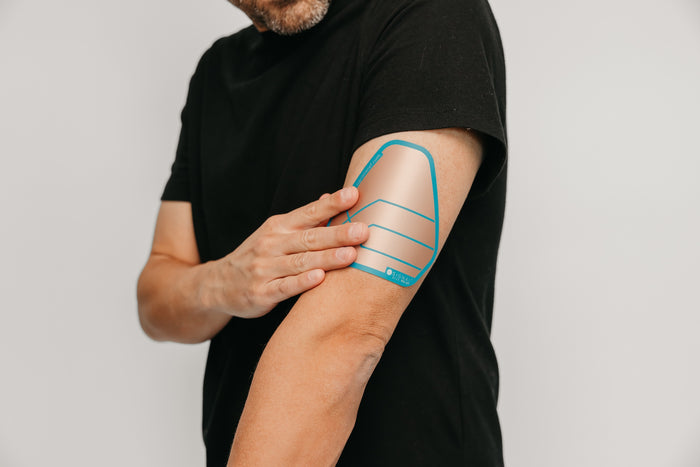
2.
Leave the patch in place for as long as needed until discomfort subsides.
Using Signal Relief for Hip Pain
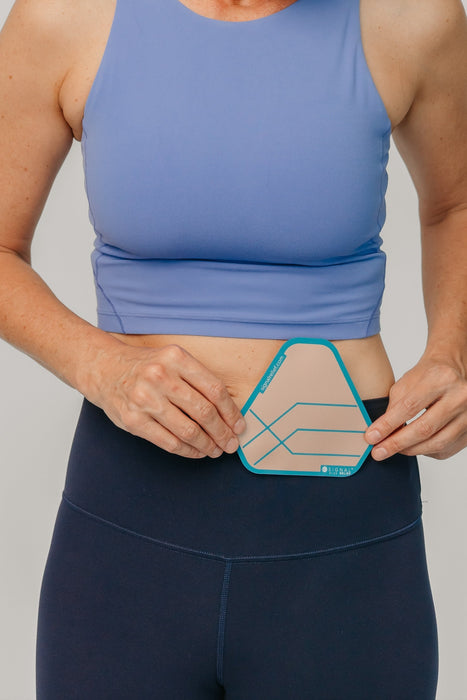
1.
Place the patch directly over the area of pain, holding in place for several minutes before attaching the adhesive.

2.
For the best placement, draw a line back to the lower back or sacrum where the nerves leave the spinal cord. You may want to place the patch next to the spine in that spot, or in the middle of that area. If you have more than one patch, we recommend one on the lower spine and one on the half point or directly over the hip pain.
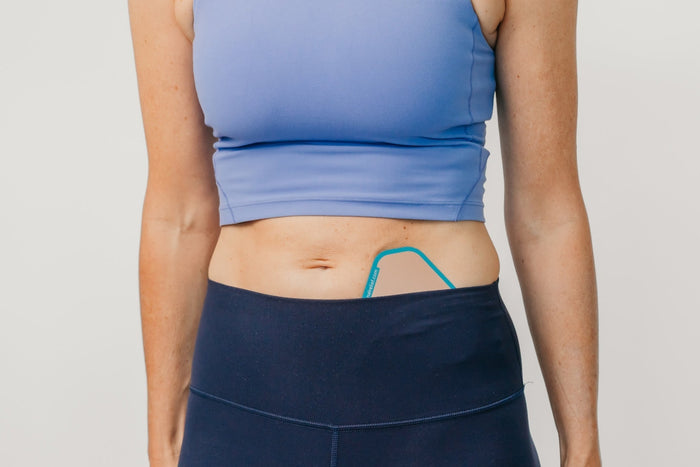
3.
Once you begin to notice relief, secure the patch in place using the included adhesive and wear until no longer needed.
Using Signal Relief for Knee Pain
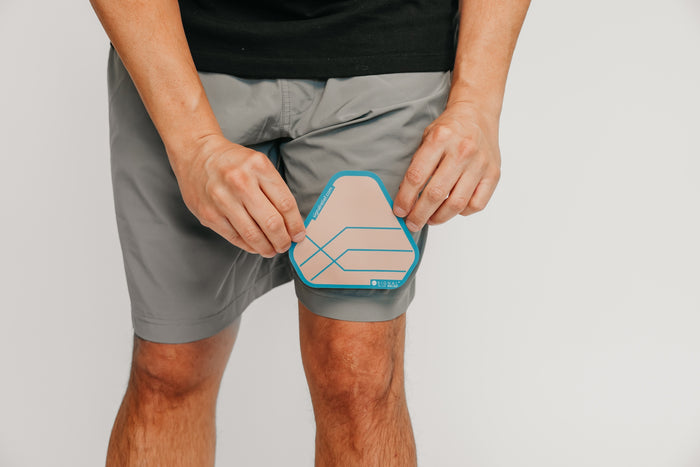
1.
Place the Signal Relief patch above the area of pain, “between the pain and your brain,” or above the knee cap.
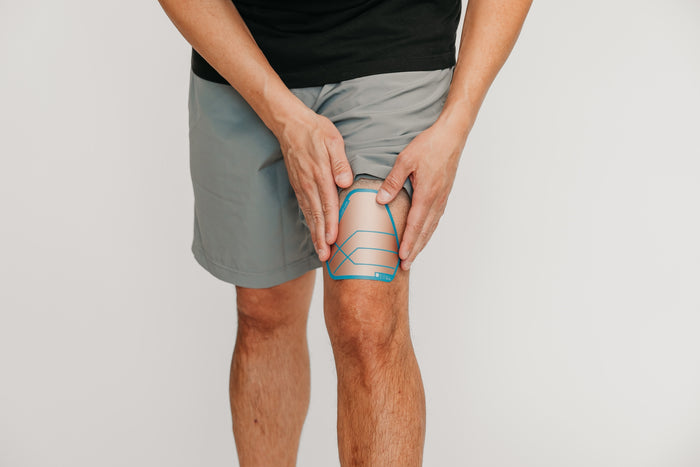
2.
Many prefer to use two Signal Relief patches for knee pain. If you have this option, “sandwich” the knee area on the upper inside of the leg and the outside for the most effective relief.
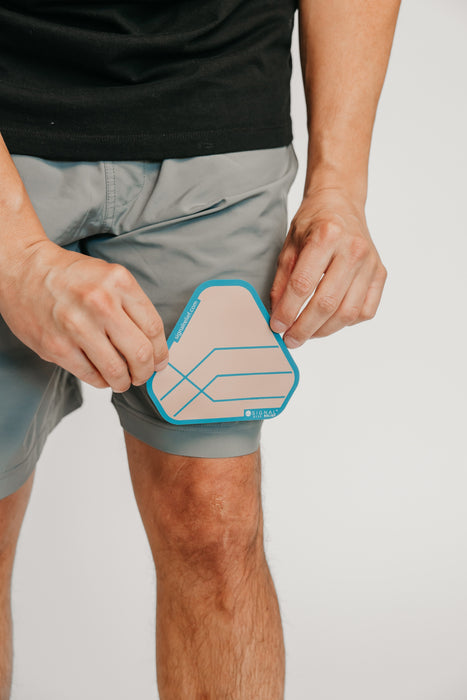
Tip:
If your pain is in or under the kneecap, remember that the nerves originate from your lower back and move the patch above that area so that you can have a secure attachment of the patch.
Whether you’re in need of relief for chronic discomfort or recovering from an injury or procedure, finding proper placement of the Signal Relief patch is paramount. Since everybody and every body is different, placement of the patch will vary slightly.





